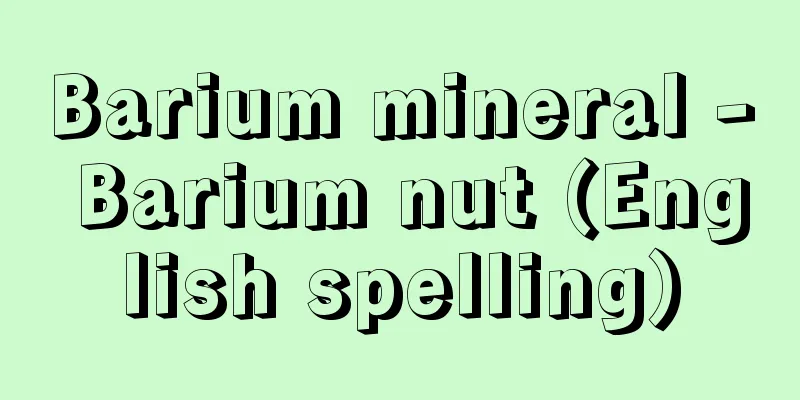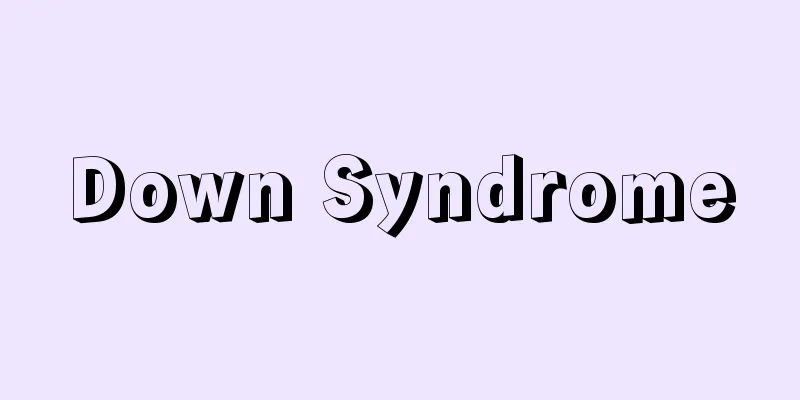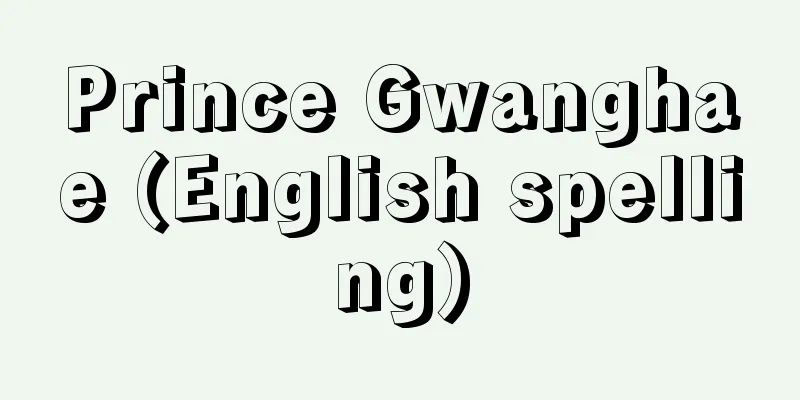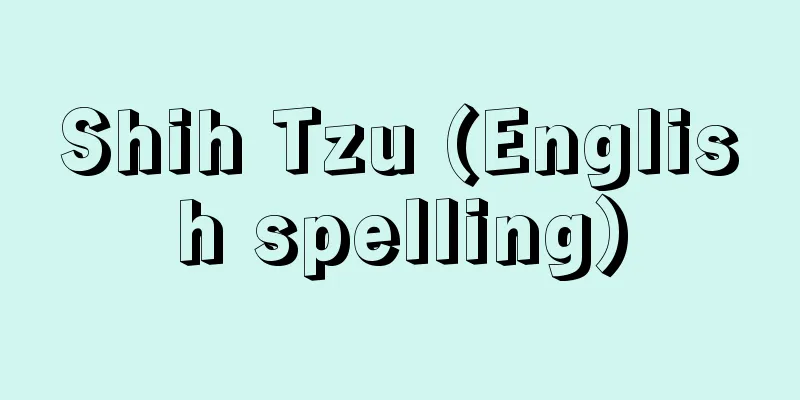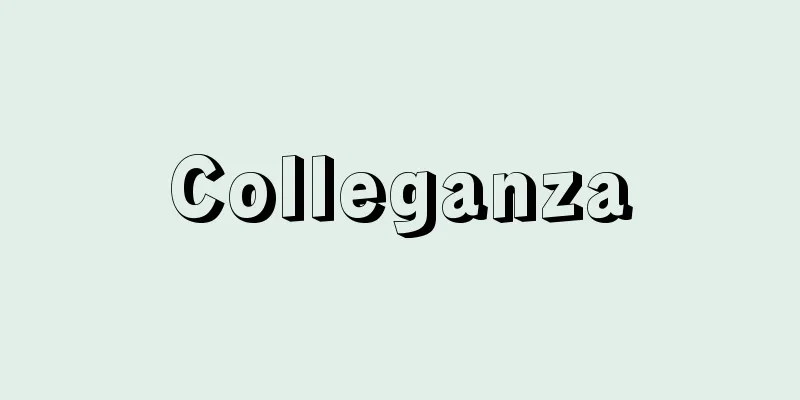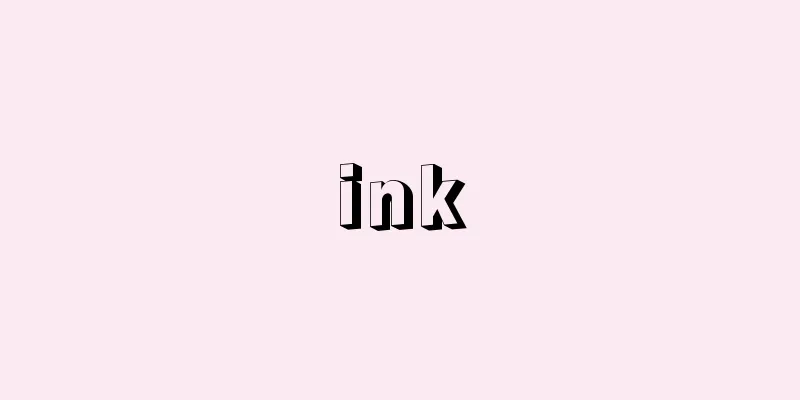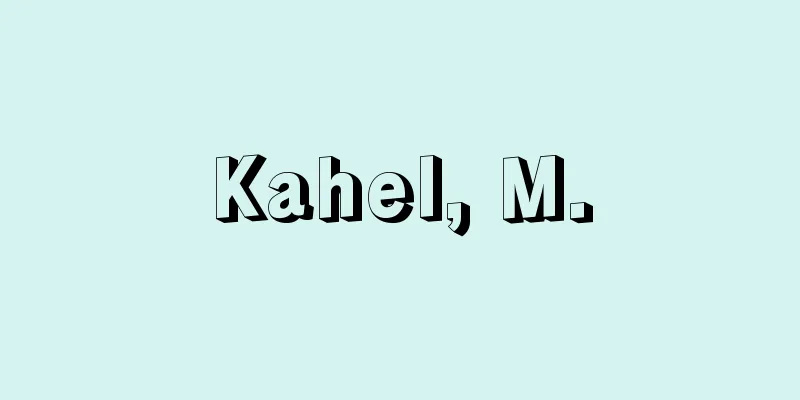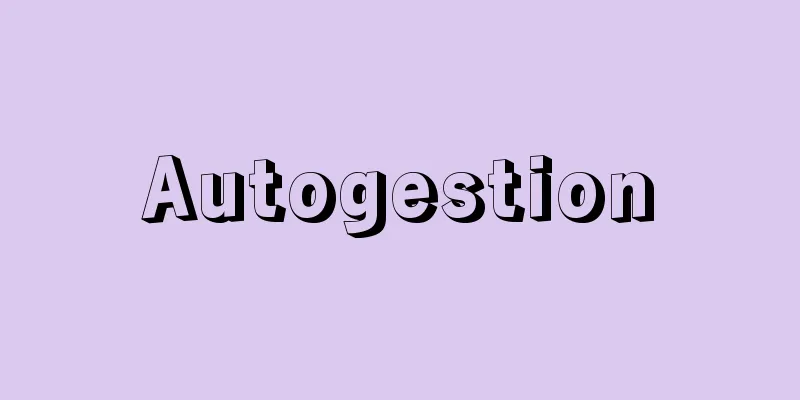Vienna Convention
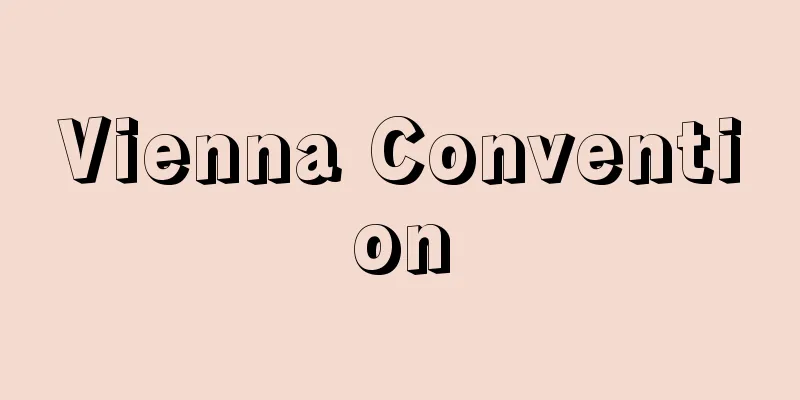
|
A treaty aimed at protecting human health and the environment from the adverse effects of changes in the ozone layer. Its official name is the Vienna Convention for the Protection of the Ozone Layer. It was adopted in March 1985 and came into force in September 1988, and in Japan it came into force in December 1988. There are 198 signatory countries, including the EU (as of April 2021). In 1974, it was discovered that CFCs (chlorofluorocarbons, commonly known as fluorocarbons) were damaging the ozone layer, and aerosol products were restricted in Western countries. After that, international countermeasures were considered, mainly by the United Nations Environment Programme (UNEP). The treaty provides for the adoption of legislative or administrative measures to regulate human activities that alter the ozone layer, cooperation in research, observation and information exchange in related fields, etc. It also provides for the adoption of protocols concerning specific international measures and standards for regulation. [Hiroshi Isozaki September 17, 2021] Montreal ProtocolAs the ozone hole over Antarctica had been growing since the late 1980s, the Montreal Protocol was adopted in September 1987 and came into force in January 1989 (the same month in Japan as well). This protocol stipulates reductions in the consumption and production of CFCs and other substances, but relaxes the regulatory standards for developing countries in consideration of their level of development. It also prohibits trade with non-signatory countries, but this is discriminatory trade regulation and requires coordination with the World Trade Organization (WTO). Initially, the specific substances subject to regulation were set out to gradually reduce the production and consumption of five types of CFCs and three types of halons. As scientific knowledge accumulated, it became clear that the initial regulations were insufficient. The Protocol was revised in 1990 and 1992, adding new CFCs, as well as carbon tetrachloride (tetrachloromethane), 1,1,1-trichloroethane (methyl chloroform), HCFCs (hydrochlorofluorocarbons), HBFCs (hydrobromofluorocarbons), bromochloromethane, and methyl bromide, and accelerating the reduction schedule. Specifically, the deadlines for total phase-out are set as follows: CFCs listed in Annexes A and B are to be phased out by 1996 (2010 for developing countries), halons in Annex A by 1994 (2010 for developing countries), methyl chloroform in Annex B by 1996 (2015 for developing countries), carbon tetrachloride in Annex B by 1996 (2010 for developing countries), HCFCs in Annex C by 2030 (2040 for developing countries), HBFCs by 1996, bromochloromethane by 2002, and methyl bromide in Annex E by 2005 (2015 for developing countries). In addition, the Ozone Layer Protection Fund was established to provide necessary funds and technology to developing countries. On the other hand, hydrofluorocarbons (HFCs) were widely used as alternative refrigerants due to the restrictions on fluorocarbons. Although HFCs are not ozone-depleting substances, they have a strong global warming effect, so 18 types of HFCs were added to the list of substances subject to regulation, and their production and consumption were reduced (Kigali Amendment, adopted October 2016, effective January 2019. The amendment's name comes from Kigali, Rwanda, where the 28th Conference of the Parties was held). In order to prevent ozone depletion prevention measures from causing other pollution (climate change), substances that were not originally subject to regulation were made subject to regulation. In Japan, the Kigali Amendment came into force in January 2019 after the document of acceptance was deposited in December 2018. The Montreal Protocol is covered by the Act on Protection of the Ozone Layer through the Control of Specified Substances, etc. (Ozone Layer Protection Act) (Act No. 53 of 1988), and the Foreign Exchange and Foreign Trade Act also applies to imports and exports. In 2001, the Act on Ensuring the Recovery and Destruction of Fluorocarbons in Specified Products (Fluorocarbon Recovery and Destruction Act) was enacted. This act was renamed the Act on Rationalization of the Use and Proper Management of Fluorocarbons (Fluorocarbon Emissions and Reduction Act) in 2013. [Hiroshi Isozaki September 17, 2021] [References] | | | | | |Source: Shogakukan Encyclopedia Nipponica About Encyclopedia Nipponica Information | Legend |
|
オゾン層の変化による悪影響から人の健康および環境を保護することを目的とする条約。正式名称は「オゾン層の保護のためのウィーン条約Vienna Convention for the Protection of the Ozone Layer」である。1985年3月に採択され、1988年9月に発効し、日本については、1988年(昭和63)12月に発効した。締約国はEUを含む198か国である(2021年4月時点)。 1974年にCFC(クロロフルオロカーボン、いわゆるフロン)によってオゾン層が破壊されることが明らかにされ、欧米諸国においてエアゾール製品の規制が行われた。その後、国連環境計画(UNEP)を中心にして国際的な対策が検討された。 この条約は、オゾン層に変化を与えるような人の活動を規制する立法措置または行政措置をとること、関連分野の研究、観測および情報交換に協力することなどを定めている。また、具体的な規制のための国際的な措置や基準に関する議定書を採択することも定めている。 [磯崎博司 2021年9月17日] モントリオール議定書南極上空のオゾンホールが1980年代後半から大きくなったため、1987年9月にモントリオール議定書が採択され、1989年1月(日本でも同月)に発効した。この議定書はCFCなどの消費量とともに生産量についても削減値を定めているが、開発レベルを考慮して開発途上国には規制基準を緩和している。また、非締約国に対するCFCなどの貿易を禁止しているが、差別的な貿易規制であるとしてWTO(世界貿易機関)との間で調整を必要としている。具体的な規制対象物質として、当初は、5種類のCFCと3種類のハロンの生産量および消費量の段階的削減が定められていた。 その後、科学的知見が蓄積されるにつれて当初の規制では不十分なことが明らかとなった。1990年と1992年に議定書の改訂が行われ、新たに、CFC類の追加とともに、四塩化炭素(テトラクロロメタン)および1,1,1-トリクロロエタン(メチルクロロホルム)、HCFC(ハイドロクロロフルオロカーボン)、HBFC(ハイドロブロモフルオロカーボン)、ブロモクロロメタン、および臭化メチルを追加し、削減スケジュールも前倒しした。具体的には全廃時期は、付属書A、Bに掲載されているCFC類は1996年(開発途上国は2010年)、付属書Aのハロン類は1994年(開発途上国は2010年)、付属書Bのメチルクロロホルムは1996年(開発途上国は2015年)、付属書Bの四塩化炭素は1996年(開発途上国は2010年)、付属書CのHCFCは2030年(開発途上国は2040年)、HBFCは1996年、ブロモクロロメタンは2002年、付属書Eの臭化メチルは2005年(開発途上国は2015年)とされている。また、必要とされる資金および技術を開発途上国に供与するためのオゾン層保護基金が設立された。 一方で、フロン類が規制されたため冷媒用の代替物質としてハイドロフルオロカーボン(HFC)が多用された。HFCはオゾン層破壊物質ではないが、強い温暖化効果を有するため、18種類のHFCが規制対象に追加され、その生産・消費量の削減が定められた(キガリ改正、採択2016年10月、発効2019年1月。改正名は第28回締約国会合の開催地であるルワンダのキガリにちなむ)。オゾン層破壊防止対策によって別の汚染(気候変動)を生じさせることがないように、本来の対象ではない物質を規制対象にしたのである。 日本では、キガリ改正は2018年(平成30)12月の受諾書の寄託を経て2019年1月に発効した。また、モントリオール議定書については「特定物質の規制等によるオゾン層の保護に関する法律(オゾン層保護法)」(昭和63年法律第53号)が対応しており、輸出入については「外国為替及び外国貿易法」も関係している。また、2001年には、「特定製品に係るフロン類の回収及び破壊の実施の確保等に関する法律」(フロン回収・破壊法)が制定された。同法は、2013年に「フロン類の使用の合理化及び管理の適正化に関する法律」(フロン排出抑制法)に改称された。 [磯崎博司 2021年9月17日] [参照項目] | | | | | |出典 小学館 日本大百科全書(ニッポニカ)日本大百科全書(ニッポニカ)について 情報 | 凡例 |
>>: Vienna Festival Week - Vienna Festival Week
Recommend
Asphyxiation - Kashi
When considering the process of illness and the r...
Calcined coke
…The volatile matter can be removed by heating th...
Kamiyubetsu [town] - Kamiyubetsu
A former town in Monbetsu District, Hokkaido. Loca...
Irregular shaped bricks
...The most common example is shown in the figure...
Jeong Shintaku
A Chinese literary figure. His pen name was Xi Di...
White-eye flower - White-eye flower
A perennial herb of the Ranunculaceae family (illu...
Lefua echigonia (English name) Lefuaechigonia
…[Tokuji Chiba]. … *Some of the terminology that ...
Nio [town] -
A former town in Mitoyo County, western Kagawa Pre...
Yamate [village] - Yamate
A village in Tsukubo County in the southern part o...
Macrocephaly - Macrocephaly
[What kind of disease is it?] Head size is determi...
Ano Zenjō
Year of death: 23 June 1203 (1 August 1203) Year o...
Kety (English spelling)
Indigenous people of the middle and lower reaches ...
Katana slugfish - Katana slugfish
...The reproductive season is from June to July. ...
Buna
…After examining the suitability of isoprene, but...
Garden plants - Garden plants
The term refers to crops such as flowers , vegetab...
